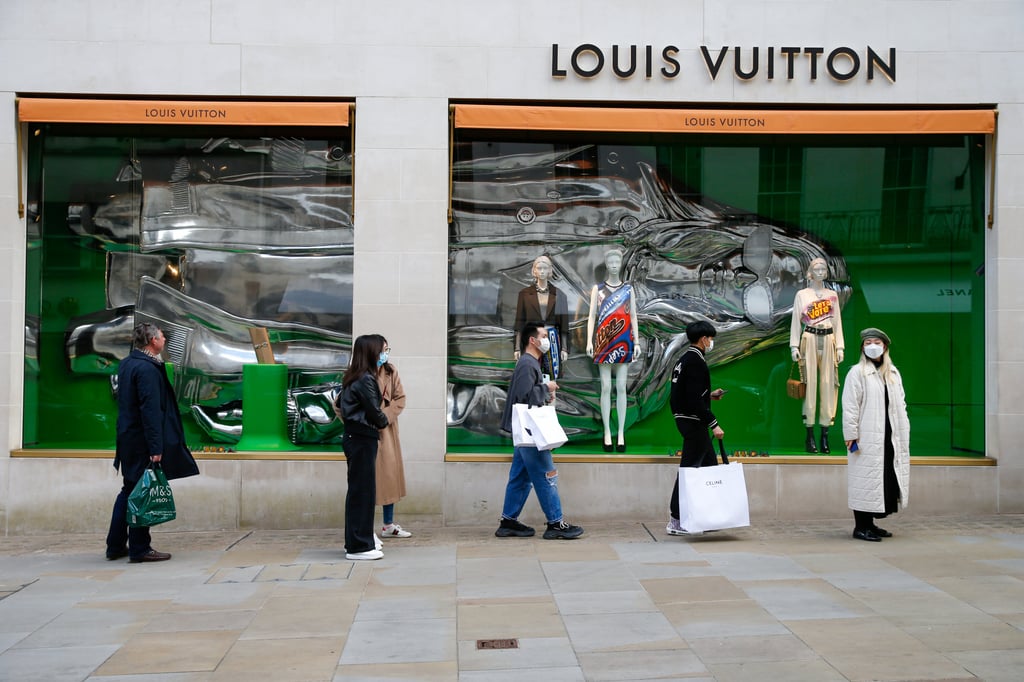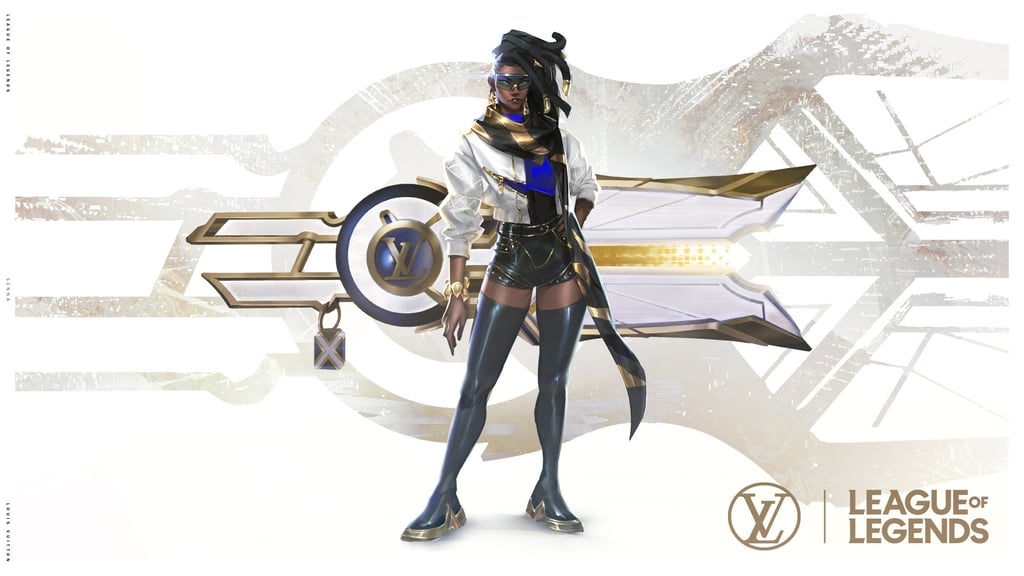Opinion / Why K-pop’s BTS and Exo are working with Louis Vuitton and Gucci: luxury collabs between Hermès and Apple, and Dior and Nike, smartly target digitally native Gen Z

- BTS just became Louis Vuitton ambassadors, Exo’s Kai models for Gucci and Blackpink’s members each represent Chanel, Saint Laurent, Celine and Dior
- Dior created the Air Dior line with Nike, while the Hermès Apple Watch and branded Apple AirTags opened up a whole new audience to the luxury maison
This article is part of Style’s Inside Luxury Column
The luxury industry is undergoing a big reinvention: getting ready for Generation Z. Looking at the brands that exceeded the expectations of analysts in their Q1 earning calls – namely Louis Vuitton, Dior, Hermès and Gucci – they have a couple of things in common: a strong appeal to Chinese consumers and a strong appeal to young consumers.
In the first quarter of 2021, luxury powerhouses LVMH, Kering and Hermès all outperformed the same quarter of 2019, setting records even while the pandemic is not yet over. This shows the power of luxury as the growth engine of the overall economy. As after the economic meltdown of 2008, I predict luxury will be the first segment to emerge out of the crisis, and that growth over the next decade will be unprecedented.

The strategies of winners and losers could not be more different. During the pandemic, many luxury brands focused on promotions, hoping to use low prices to entice brand fans all over the world who were in lockdown and uncertain about their future. The discounts did the opposite of what those brands hoped: they destroyed brand equity and annoyed fans who were loyal and willing to pay the full price. Another common trait of underperforming brands is that they either ignored Gen Z or they tried to please them at all cost, by losing their identity.

This reflects that young, affluent consumers see trainers not only as something to wear, but also as an investment. When five million people reportedly tried to buy these shoes at prices that were originally around US$2,000, it shows how the market for collecting and investing has changed. Some Gen Zers may be less interested in gold, jewellery and fine watches, but they understand the value proposition and the investment potential of rare sneakers.